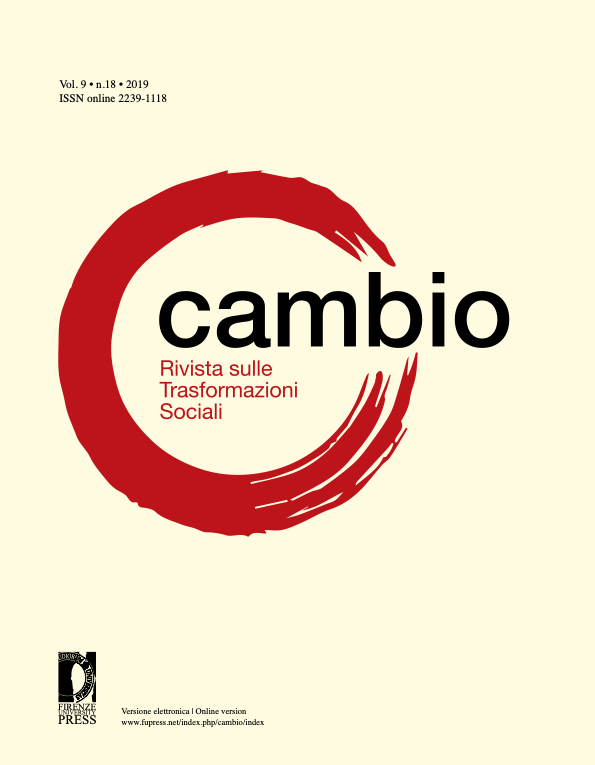Published 2020-05-18
Keywords
- diffusionist model,
- ethics of science,
- digital divide
How to Cite
Abstract
In the historical season of communicative and existential immateriality, man must necessarily abandon his solipsistic immobility to embrace collaborative sharing. A new condition that completely changes anthropic sociality, makes it strongly participatory, both at a structural level and at a purely emotional level. Science acts as a catalyst and contextualizing spark for this process, through its different forms, acting as a unifying element between tradition and innovation. Internet, in this sex, acts as a communicative tool of this union, neutralizing the spatial and temporal dimension, systematically updating processes of socialization and collaboration that provide a representation of reality, both scientific and social, sometimes congruent and true, others deeply sweetened and fictitious. In the first case, this simulacrum of the real as such is useful and aimed at the establishment and increase of a collective intelligence that uses different contributions and hetero-directed, in the second, however, delivers a false vision, factious, functional to other purposes that relate to the persuasion fidelizing, betraying, in fact, the very essence of the scientific mission.


